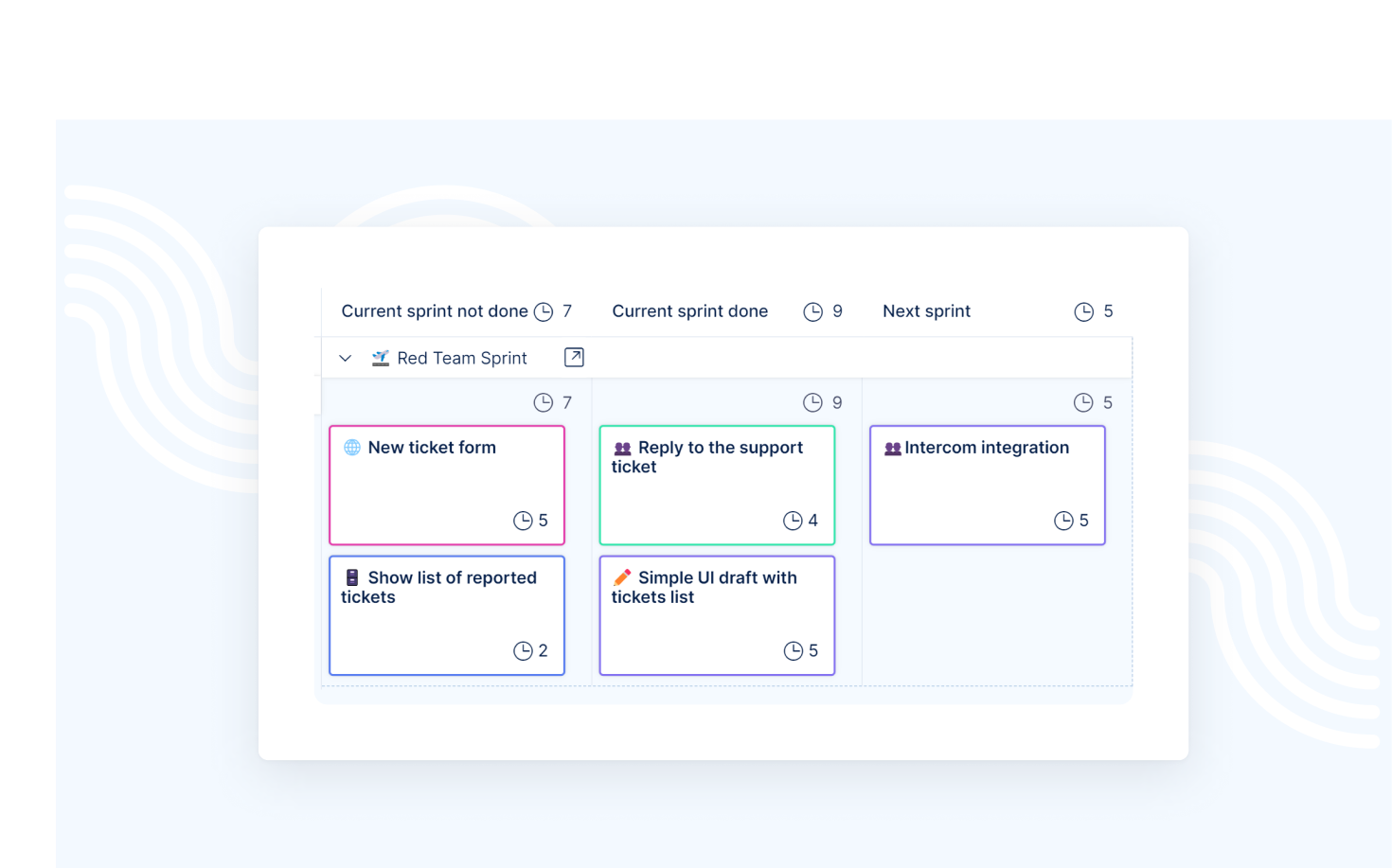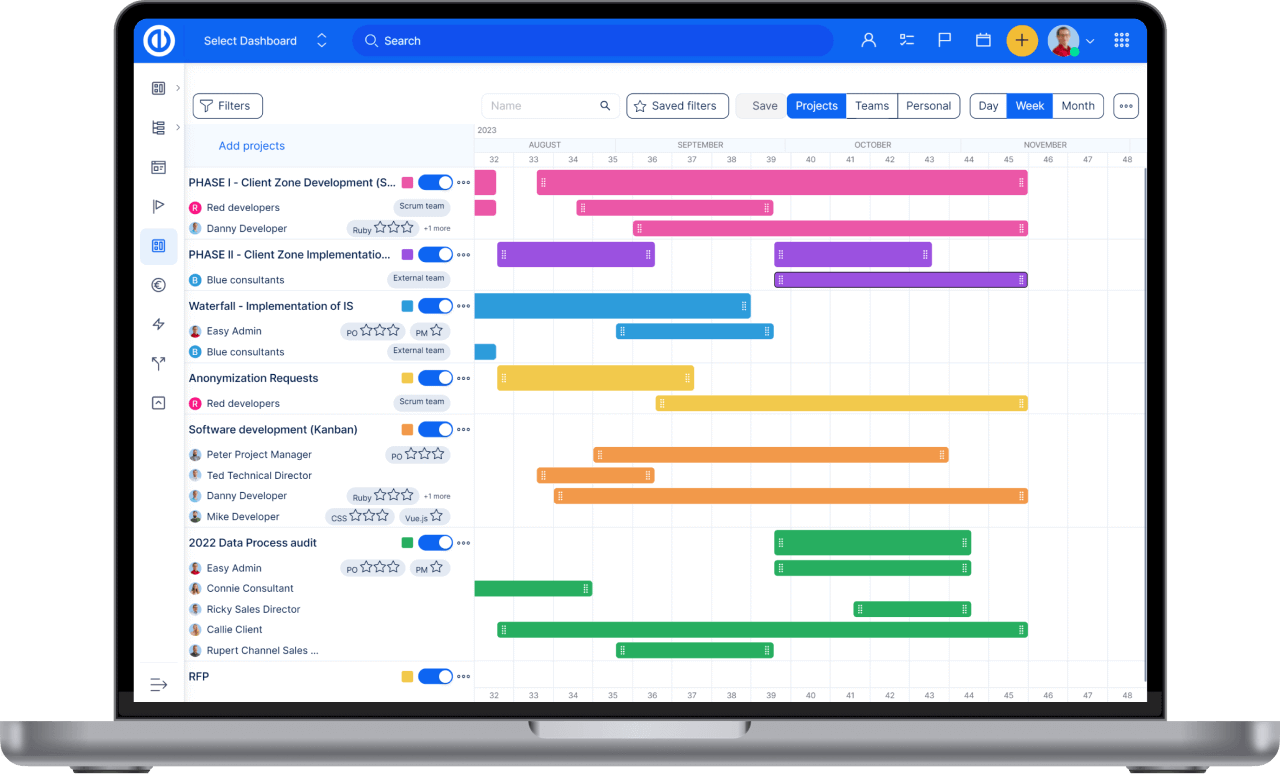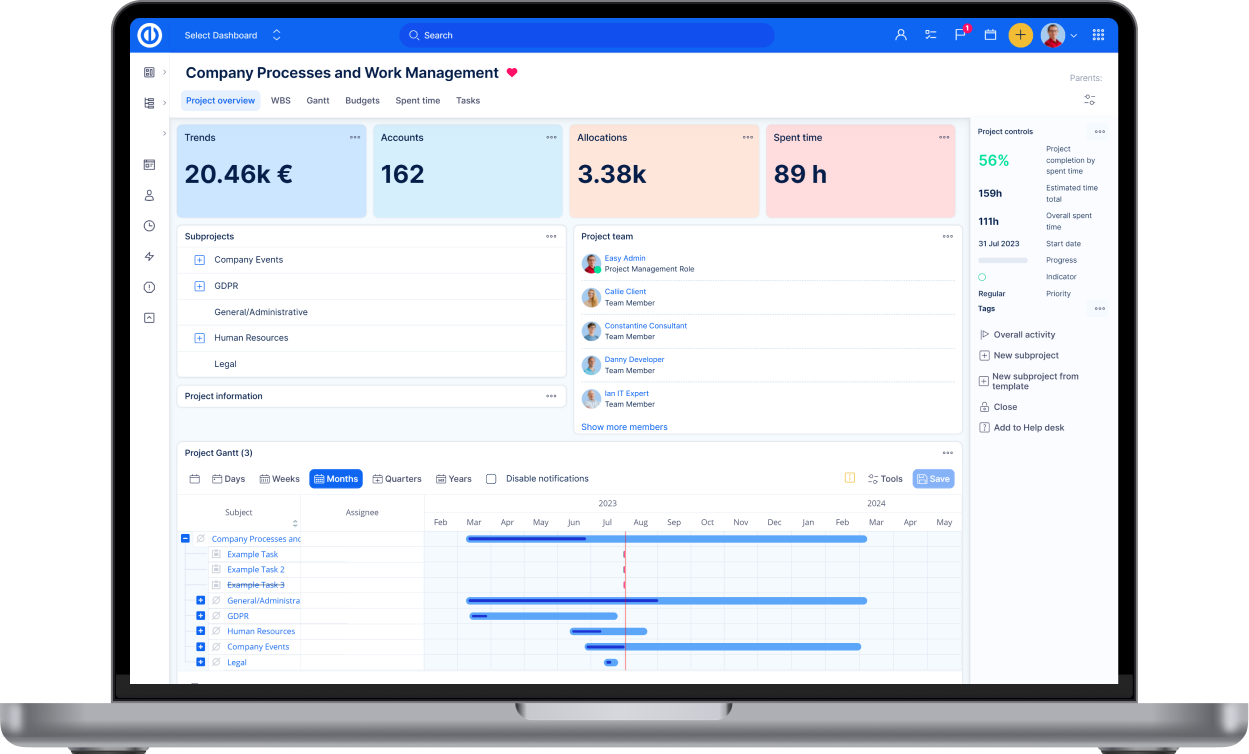Khi Scrum không hoạt động: Phát hiện những rủi ro
Scrum không thể phủ nhận là một trong những khung công việc Agile phổ biến nhất được sử dụng trong quản lý sản phẩm, đặc biệt là trong lĩnh vực phát triển phần mềm. Ở bản chất, Scrum thúc đẩy việc lập kế hoạch thích ứng, phát triển tiến hóa, giao hàng sớm và cải tiến liên tục.

Yet, despite its acclaimed efficiency and flexibility, there are certain instances where Scrum might not work as effectively as intended. This article will delve into several examples where the Scrum framework may fall short, and how to navigate such challenges.
1. Lack of clear vision or goal
One of the key reasons Scrum can fail is the absence of a clear vision or goal. Scrum relies heavily on the Product Owner's ability to clearly articulate what are the customers' needs. Then the Scrum team can create a plan for how these needs can be met and break down these objectives into manageable tasks.
Without a clear vision, the team can easily become disoriented and lose focus. If the Product Owner is unable to provide a clear product vision and goals, Scrum will likely prove ineffective.
2. Non-inclusive team communication
Scrum thrives on open communication and team collaboration. In Scrum, every team member is expected to actively participate, share ideas, and make decisions together.
This can be seen as nothing groundbreaking, but in many companies, it’s not the case. The common worst practice is to exclude testers, designers, or other roles, from the process (and to have their own Boards operated separately).
But this is not the Scrum way. The product is created by the whole team and is important to work as a team, not as individuals.
In any case, if a team lacks effective communication or doesn't engage collectively, the Scrum approach may not yield the desired results.
3. Sweeping problems under the rug
This can be a case when some team members don't acknowledge problems, don't solve them, simply sweep them under the rug, or ineffectively solve problems in the individual work.
To mitigate these challenges, it's essential to foster a culture of safety and trust within the team. Encouraging openness and transparency, where team members feel comfortable bringing issues to the table without fear of repercussions or judgment, is key.
This not only prevents minor problems from escalating into major roadblocks, but also cultivates a collaborative environment conducive to problem-solving.
4. Non-transparent priorities
Team members may interpret messages differently due to a lack of context or clarity. They may not fully grasp the urgency or importance of certain work, leading to incorrect prioritization or delayed responses.
This is particularly challenging in remote teams where virtual communication can sometimes lead to miscommunication or a sense of disconnection among members.
In this case, Scrum boards can be a valuable resource - allowing everyone to clearly communicate his work progress to the rest of the team through post-its. This is a way of promoting transparency in the team.
However, the utility of Scrum boards and regular meetings only realizes its full potential when coupled with a culture that values open, candid conversations.
Fostering an environment where team members are encouraged to ask questions, seek clarifications, and openly discuss problems not only reduces the likelihood of miscommunication but also allows for quicker and more effective problem resolution.
5. Misinterpreting the role of Scrum Master
Scrum can be counterproductive if the team, or the organization, doesn't fully grasp or misinterprets its principles and its roles. For instance, some may see the Scrum Master as a project manager or team lead, which contradicts the Scrum principles.
Additionally, they may be mistaken for a technical expert, a substitute for the Product Owner, or a strict enforcer of Scrum principles.
The Scrum Master is not there to micromanage but to facilitate communication to increase the effectiveness and ownership of the team, help remove obstacles and ensure the team is becoming more and more self-organized. By keeping an eye on the framework, Scrum Master helps teams to get the Scrum implementation done in the best way for the team to benefit from it.
By combining the expertise and guidance of a dedicated Scrum Master with a suitable tool, teams can foster a productive Scrum environment, improve communication, and achieve successful project outcomes. An example of such a tool is Easy Redmine 13, which offers Scrum boards that promotes cooperation, streamlines the visual management of work, and enhances transparency. With the ability to manage sprints and transparently visualize work, Easy Redmine 13 facilitates efficient collaboration and empowers the team to implement Scrum effectively.

6. Lack of commitment or inadequate resources
Scrum operates on a commitment-based system where the team commits to delivering a completion of the goal based on the customer’s needs in a given timeframe. If the team is not committed, or if they lack the necessary skills or resources, the Scrum process may fail.
The organization must ensure that the Scrum teams are given adequate resources and training, and the members need to be committed to the product and to each other. That’s when events come to place - Scrum events, such as daily stand-ups, sprint planning, and retrospectives, provide valuable opportunities for team collaboration, communication, and the exchange of ideas.
Easy Redmine’s 13 Scrum Boards provide a visual workspace for enhanced team collaboration and communication during these events. There are three types of Scrum Boards:
- The Product Backlog Board helps in managing and prioritizing PBIs, there the backlog is created, and refinement takes place. The result is clear and prioritized work, ready for the sprint.

- The Sprint Overview Board allows the team to plan and track the progress of the current sprint, providing a clear overview of the sprint goals and PBIs. Here on this board we set the sprint goals, plan the sprint during the sprint planning, and close the sprint during a review.

- Lastly, the Team Sprint Board focuses on the daily tasks and serves as a visual aid during daily stand-ups, where team members can discuss and update the board with their progress and discuss any potential blockers. The team breaks down the planned work into small post-its to have a better overview and work better together.

7. Adding additional columns to the team board
Scrum doesn’t prescribe how to set up the team sprint board. But we know from experience, that when we start adding additional columns to Scrum boards, it can potentially diminish the benefits of utilizing the Scrum framework in its purest form.
While some modifications may seem beneficial for meeting specific team needs or improving tracking, they run the risk of diluting the fundamental principles of Scrum.
Adding extra columns can lead to increased complexity and the team could lose the focus that Scrum emphasizes. It can hinder the team's ability to collaborate and be responsible as a whole team.
It is the responsibility of the whole team to complete the PBIs, regardless of the roles of individuals. That's why role-oriented columns (such as “Testing”) are not recommended, because some of them create the impression that individuals with specific roles are not responsible for finishing PBIs in them. Additionally, columns like this often lead to the creation of a “forgotten stack of PBIs” and are destroying the flexibility and effectiveness of the whole process. Easy Redmine 13 Team board allows only three columns, preventing any additional customization. This helps teams adopt Scrum while promoting collaboration and minimizing complexity. By keeping the boards simple and streamlined, the focus remains on effective team communication and frequent collaboration.
Conclusion
While Scrum is a powerful framework with proven success in numerous implementations, It can prove ineffective when the team collaboration is poorly promoted or given obstacles.
It's crucial for an organization to understand these potential pitfalls and proactively address them to maximize the effectiveness of the Scrum framework.
Do your Scrum right
Need to elevate your Scrum implementation with a fully Scrum-compliant tool? Aim to promote clear goal visualization and to enhance team understanding? Want to encourage open communication and collaboration? Want to allow for efficient change management with swift backlog adjustments?
Easy Redmine 13 is designed to promote communication to manage change efficiently and seamlessly, allowing for quick adjustments to the product backlog based on new information or changing requirements.
Experience the power of the Scrum Boards feature of Easy Redmine 13, and see how it can bring your product management to new heights of efficiency and effectiveness.

Tất cả trong một phần mềm cho một quản lý dự án hiện đại? Dễ dàng.
Được tất cả các công cụ mạnh mẽ cho kế hoạch, quản lý và kiểm soát dự án hoàn hảo trong một phần mềm.
